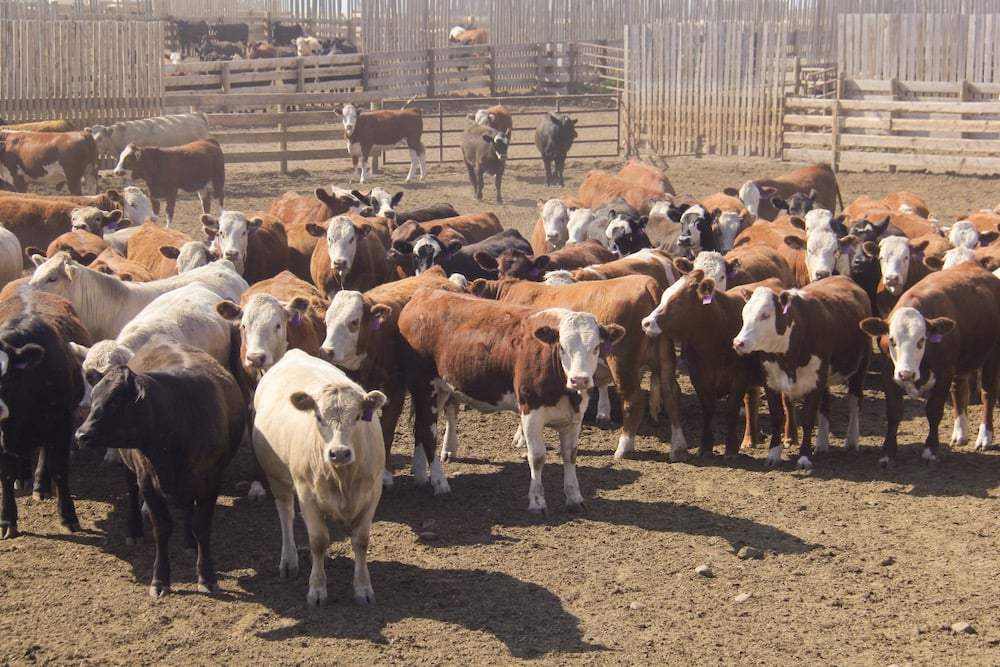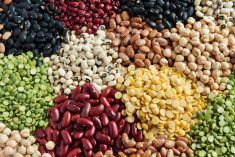Futures for soybeans and corn on the Chicago Board of Trade are set to rise for two reasons, said Steve Georgy, president of Allendale Inc. in McHenry, Illinois — the planting progress being made by United States farmers and “seasonality.”
As of May 18, corn planted reached 78 per cent complete, five points above the crop’s five-year average, the U.S. Department of Agriculture reported. Soybeans hit the two-thirds seeded mark, 13 points ahead of their five-year average.
“We are moving into a point of ‘whether.’ Whether or not it rains. Whether or not it’s dry,” Georgy explained.
Read Also

U.S. livestock: Feeder cattle rise to new highs on tight supply, strong cash prices
Chicago | Reuters – Chicago Mercantile Exchange feeder cattle futures rallied on Thursday to a record high on strong cash…
He said the market was putting a premium into soybean and corn prices as the trade puts more focus on the weather.
As for the ‘seasonality,’ Georgy said there is often a rally in the two commodities from the middle of May to the middle of June.
May S/D report
Also, he stated the USDA’s supply and demand report has proved to be bullish for soybeans and corn, despite the increased acres for the latter.
“(When) the report came out we had a bearish reaction to it. But now we’re back to looking at those numbers, putting to bed the whole acreage issue, and now we are going to start looking at yields,” Georgy said.
In the S/D report, the USDA projected the soybean yield at 52.5 bushels per acre, up from last year’s 50.7. That for corn was raised to 181 bu./ac from 179.3 a year ago.
With the USDA’s expected harvested acres, soybean production is expected to ease back to 4.34 billion bushels from 4.37 billion in 2024/25, while corn output is set to rise to 15.82 billion bushels from 14.87 billion last year.
Georgy said to keep an eye on the Chicago July corn contract as it will be in a very good position if it exceeds its 200-day moving average. On May 21, it closed at US$4.61 per bushel, 62.5 cents short of that average.
Also, he said the rally in soybeans could push towards US$10.80 to US$11/bu. in the coming weeks. On May 21, the July contract finished the day at US$10.6275.
















